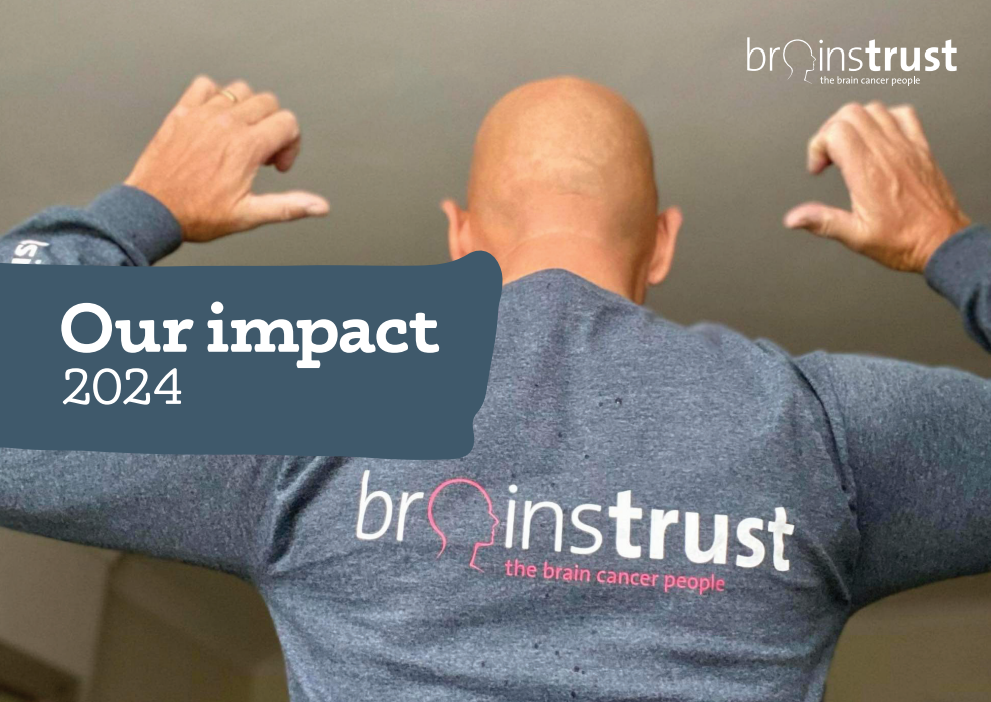Winter Wild Swimming – Greg’s 365 challenge continues
Winter wild swimming When Seth, 7, died of a brain tumour earlier this year, friend of the family Greg decided to honour his memory by taking on a challenge. Greg pledged to go out open water [...]









